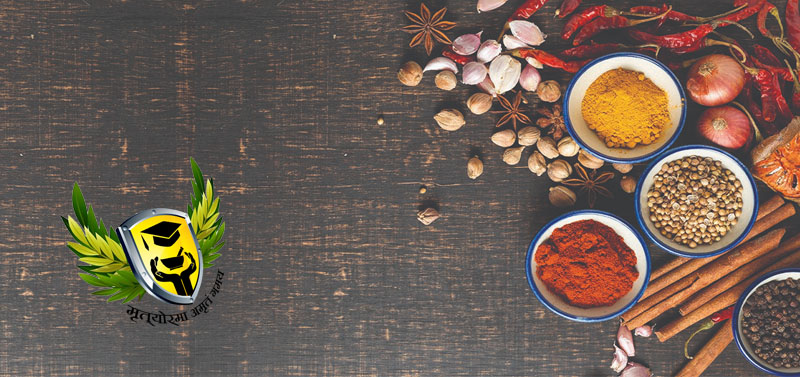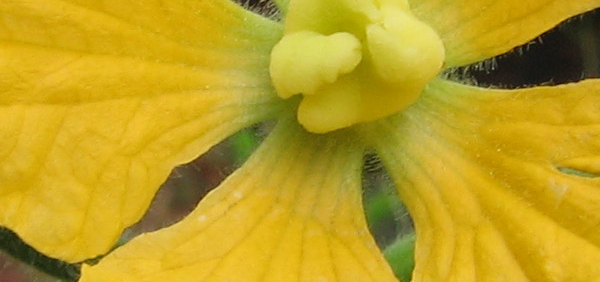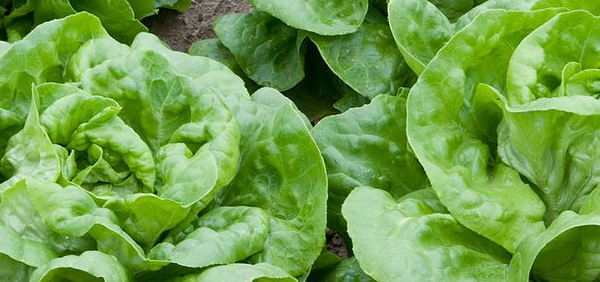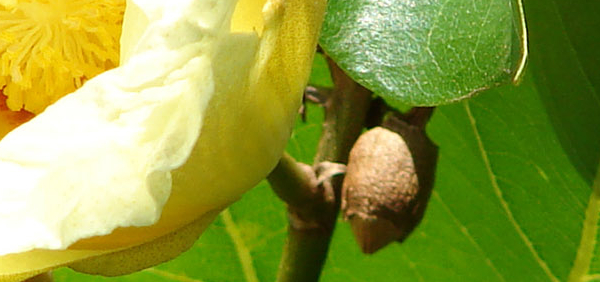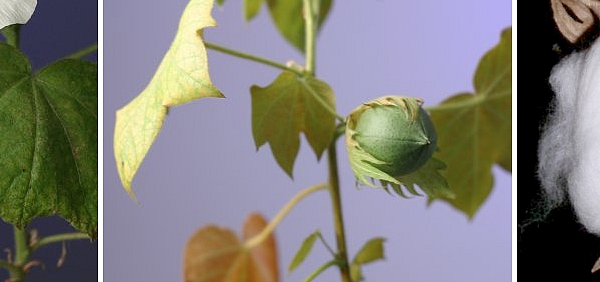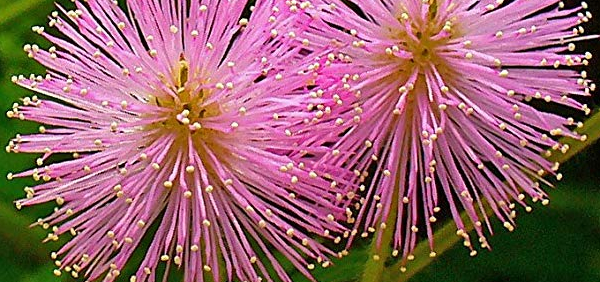pracinamalak :

Morphology:
Distinguishing Features
a small tree usually with greyish or pale brown flaky bark.
its trunk and branches bear sharp spines, and these spines are often branched.
its glossy green leaves have pointed tips and toothed margins.
separate male and female flowers are borne on different trees.
its rounded fleshy fruit (15-25 mm across) turn dark red to nearly black in colour when mature.
Stems and Leaves
The trunks and branches are commonly thornless when old, but are usually densely armed with simple or branched woody thorns when they are younger. The bark varies from light-brown or grey to copper-red or pinkish-buff in colour, and flakes off in thin scales. Younger branches are covered in white raised dots (i.e. lenticels) and are mostly or entirely hairless (i.e. puberulous or glabrous).
The leaves are narrowly egg-shaped to oblong in shape (i.e. narrowly-ovate to ovate-oblong) and usually have pointed tips (i.e. acute or acuminate apices). These leaves (5-11 cm long and 2-5.5 cm wide) are hairless (i.e. glabrous) with toothed (i.e. serrate to crenate) margins. Their upper surfaces are glossy while their undersides are mostly dull in appearance. Young leaves are usually pinkish or a light cinnamon-brown colour. The leaves are borne on a short stalk (i.e. petiole) 6-8 mm long and are alternately arranged along the stems.
Flowers and Fruit
The flowers are borne in few-flowered clusters in the leaf forks (i.e. in axillary racemes). Separate male and female (i.e. unisexual) flowers are produced, and these are borne on separate plants (i.e. this species is dioecious). These flowers are fragrant and are usually produced before or with the first leaves in spring. The male flower clusters (15-30 mm long) consist of a few rounded flowers that are borne on slender stalks (i.e. pedicels) 5-15 mm long. Each male (i.e. staminate) flower has four (or occasionally five) tiny greenish sepals (about 2 mm long) that are relatively broad with rounded tips (i.e. ovate with obtuse apices). These male flowers do not have any petals, but they have numerous spreading yellow stamens. The female (i.e. pistillate) flower clusters (10-15 mm long) also consist of a few flowers with similar sepals to the male flowers. These female flowers also lack petals, but they have a flask-shaped to almost rounded (i.e. sub-globular) ovary with 4-6 styles that are fused together for the most part. Each of these styles bears a two-lobed, recurved, stigma at its tip.
The fruit (15-25 mm across) are rounded (i.e. sub-globose) berries that turn from green to dull-brownish red or dark purple in colour as they mature (they may eventually become blackish when fully mature). These fruit are fleshy (i.e. succulent) with a greenish-yellow pulp that usually contains 4 or 5 (occasionally up to 10) flatenned seeds (up to 10 mm long and 7 mm wide).
- » Classification and names of pracinamalak
- » Synonyms and definitions of pracinamalak
- » Drug Properties of pracinamalak
- » Chemical Constituents of pracinamalak
- » Standardization of pracinamalak
- » Parts used and Dosage of pracinamalak
- » Morphology and Histology of pracinamalak
- » Distribution and Conservation of pracinamalak
- » Cultivation of pracinamalak
- » pracinamalak in the market
- » Medicinal Uses of pracinamalak
- » Researches and clinical trails of pracinamalak
- » pracinamalak in other sytems of medicine
- » Ayurvedic formulations with pracinamalak
- » Images of pracinamalak


